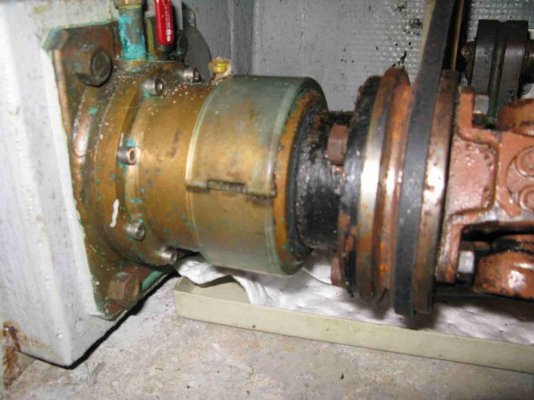Lou_tribal
Guru
Hello fellows!
In some post earlier this year I posted a picture of my setup (well my boat setup) from tranny to stern tube showing two universal joints (a.k.a. cardan) and some were pretty surprised by this. I got some comments that this was an unusual setup and that I should remove all of this and redo it properly and got the same from people at my marina (to be clear I am not saying it was an offense to me).
As I like to understand why things are what they are I did some searching and find out that even unusual it is a setup found in some fishing boat.
Here is a screenshot from a book of boat mechanic:

My setup is shown on the top left.
Still learning everyday about my boat, even during winter.
Cheers!
L
In some post earlier this year I posted a picture of my setup (well my boat setup) from tranny to stern tube showing two universal joints (a.k.a. cardan) and some were pretty surprised by this. I got some comments that this was an unusual setup and that I should remove all of this and redo it properly and got the same from people at my marina (to be clear I am not saying it was an offense to me).
As I like to understand why things are what they are I did some searching and find out that even unusual it is a setup found in some fishing boat.
Here is a screenshot from a book of boat mechanic:

My setup is shown on the top left.
Still learning everyday about my boat, even during winter.
Cheers!
L



